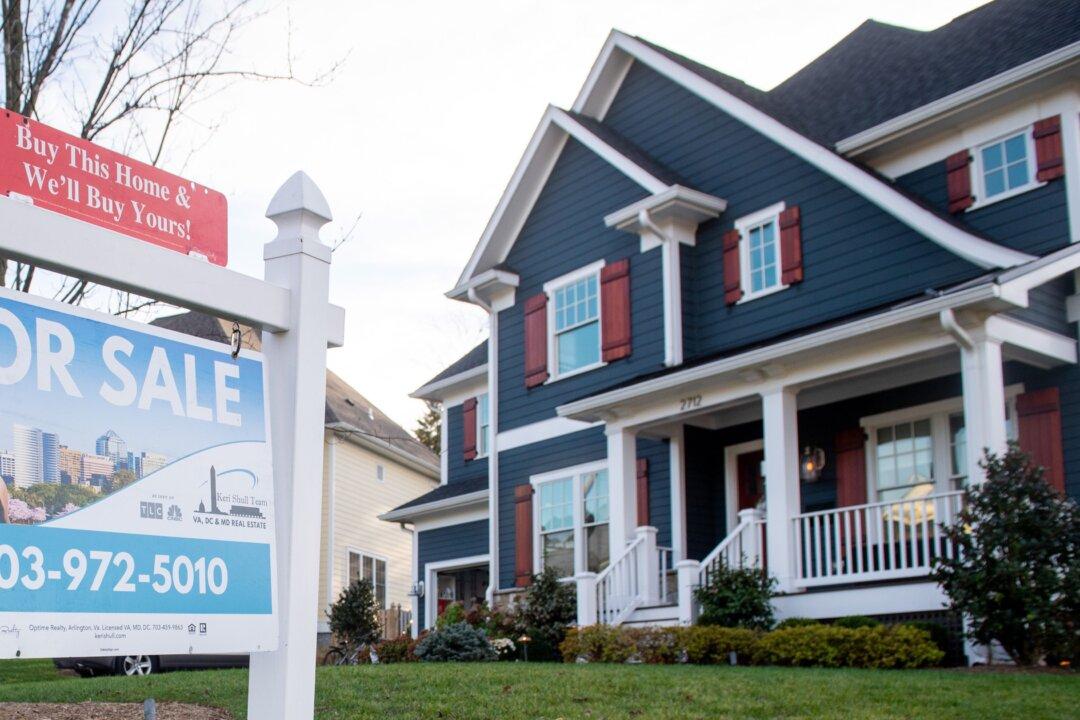It has not been a great year for Wall Street and the economy. In an effort to combat rampant inflation, the Federal Reserve (Fed) raised interest rates in early May. In June, the Fed increased interest rates once again, by 75 basis points, marking the largest increase in a single meeting since the early 1990s.
Moreover, it is highly unlikely that rates will go down in the near future. Goldman Sachs analysts predict that the Fed will raise rates seven times in 2022, with some sources forecasting that they could reach as high as 2.9 percent in early 2023. Starting this month, Fed officials are also planning to shrink its nearly $9 trillion asset portfolio, a policy move widely expected to exacerbate borrowing costs further.





